

(Yokohama, 1954)

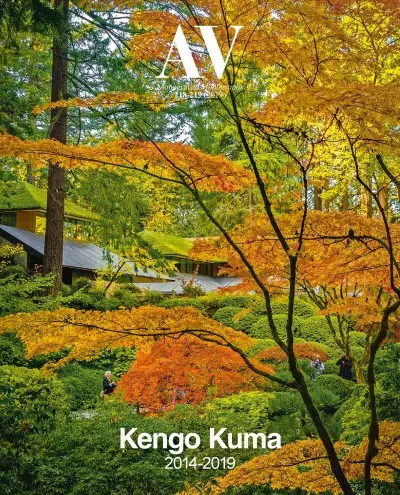
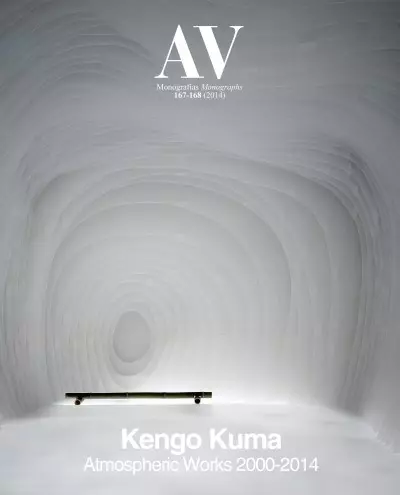
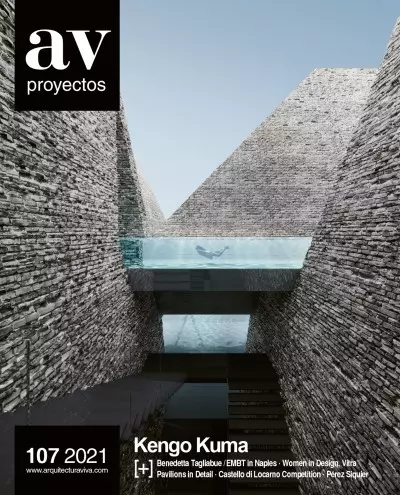
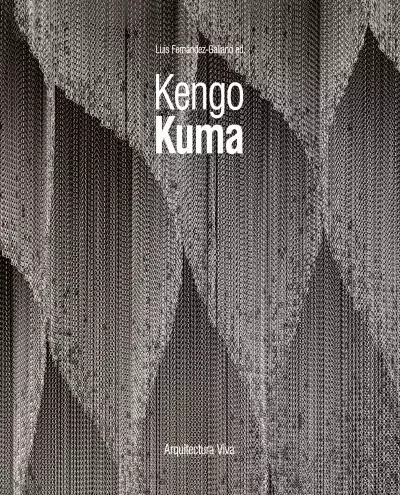
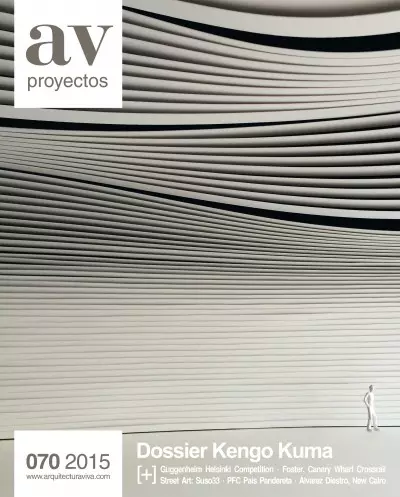
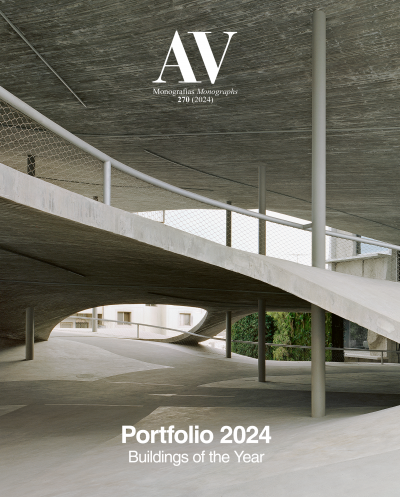
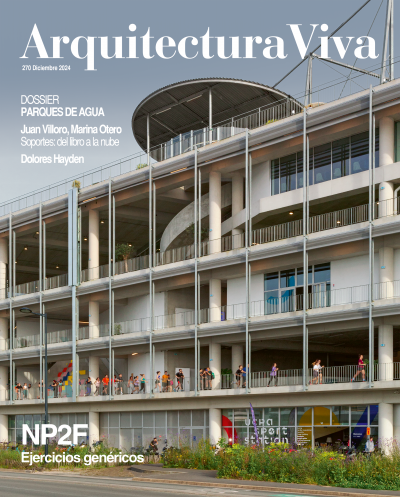
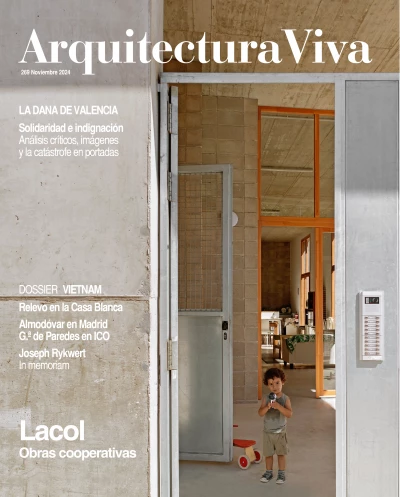
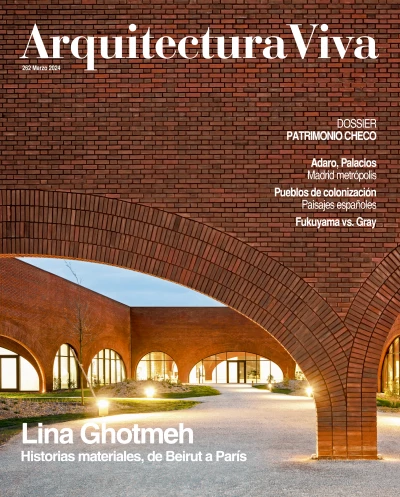
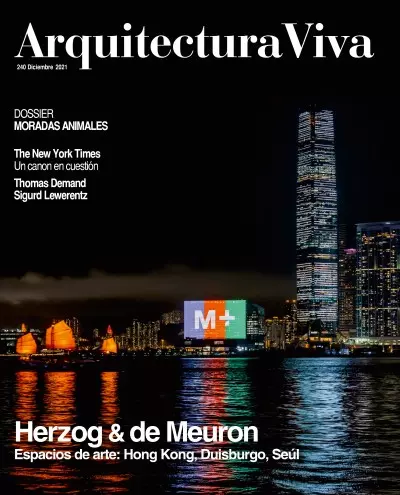
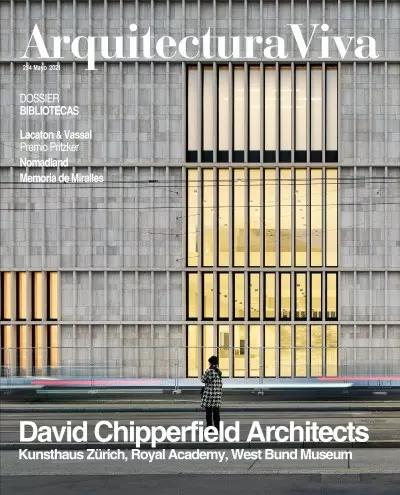
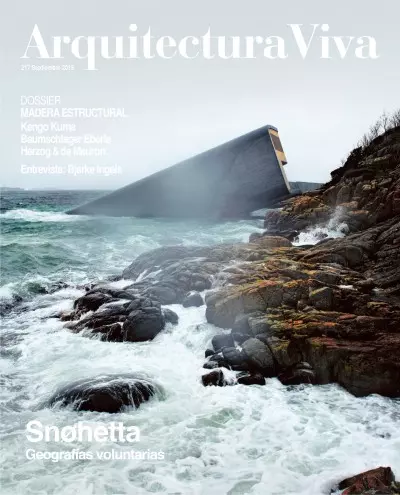
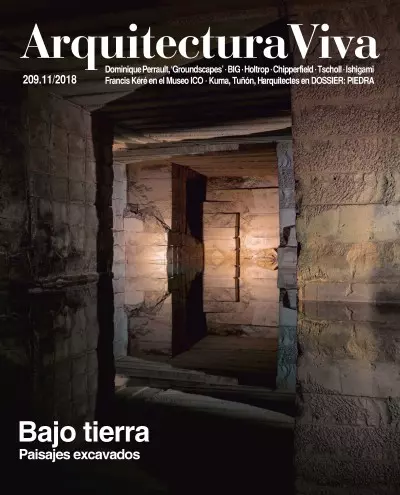
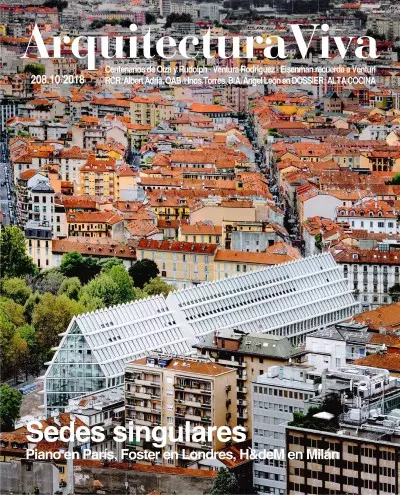
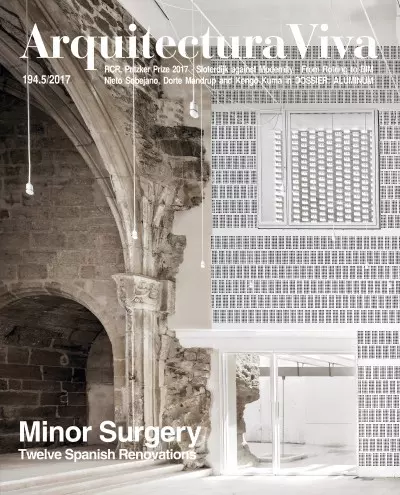
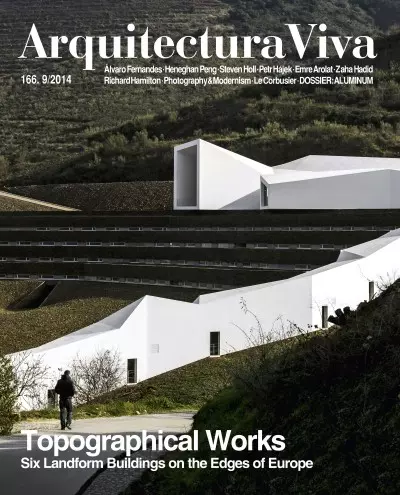
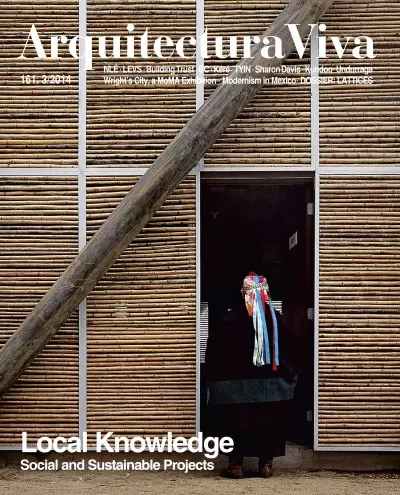
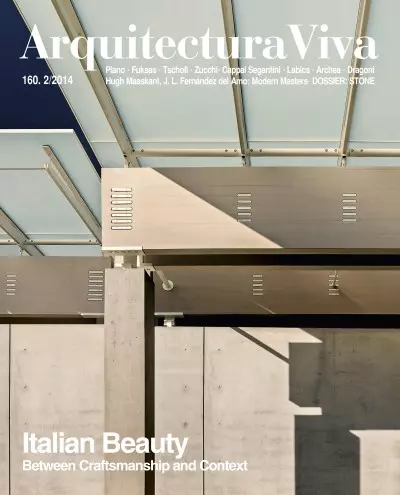
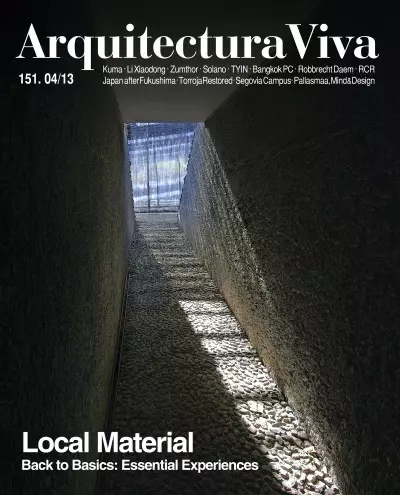

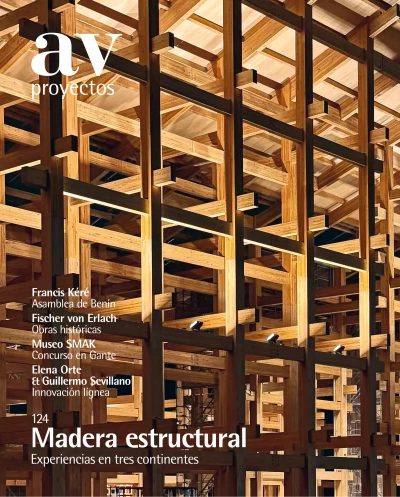
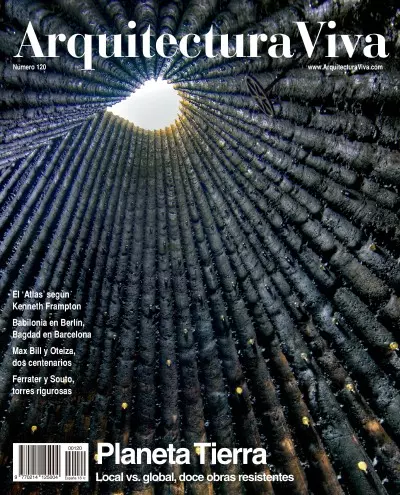
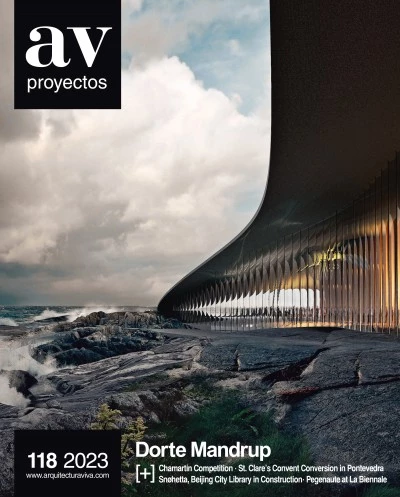
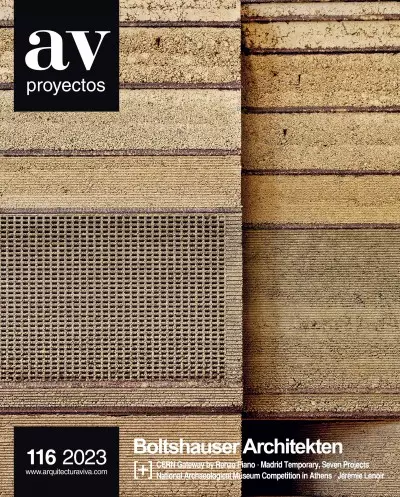
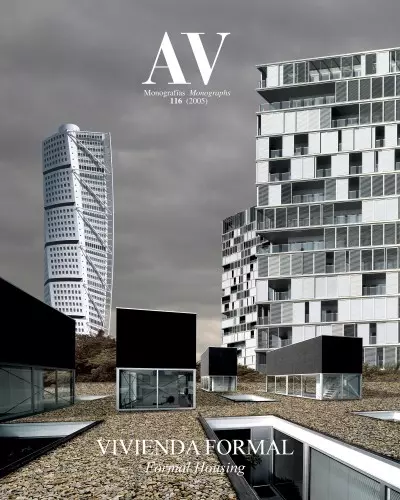
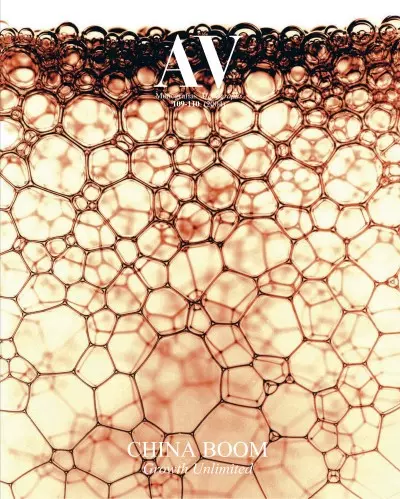
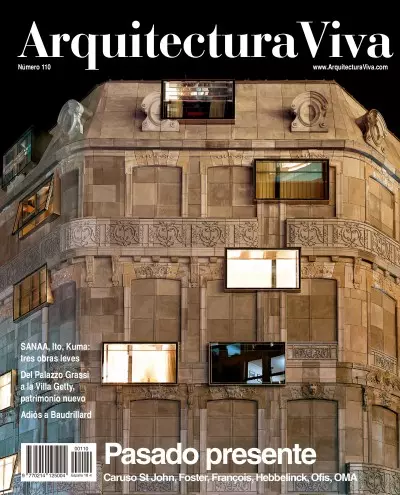
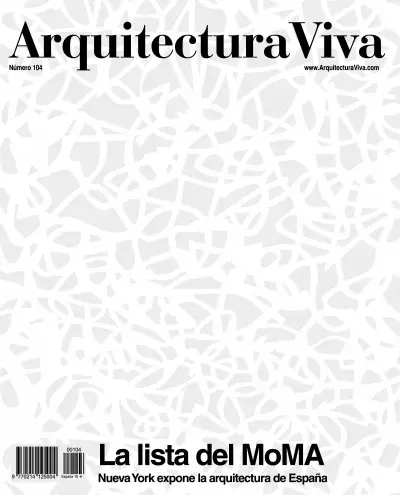
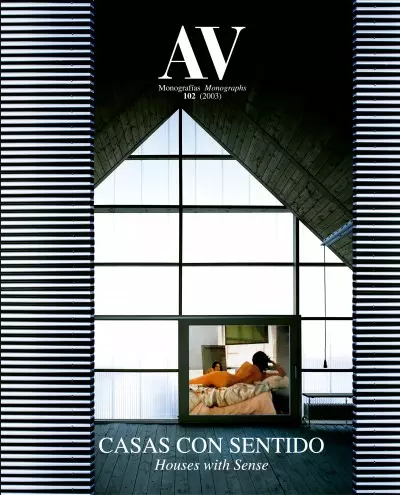
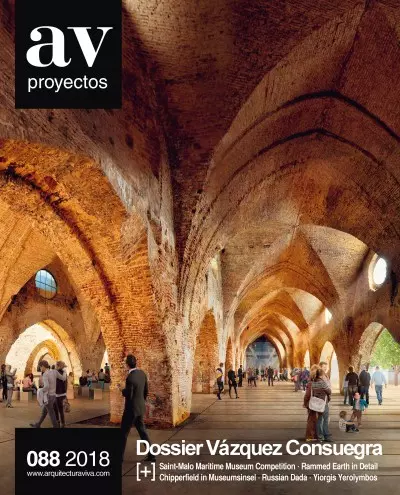
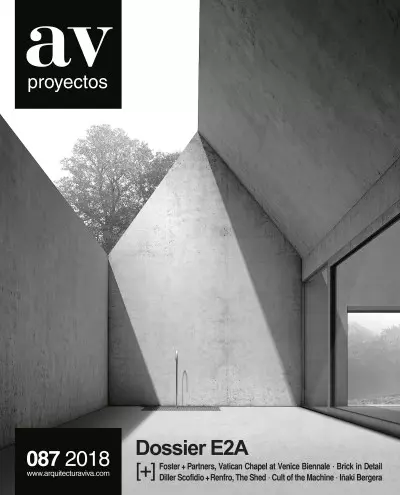
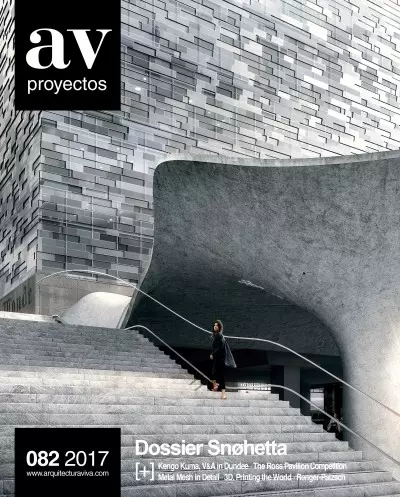
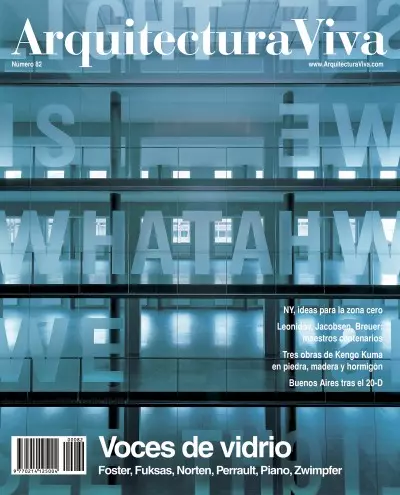
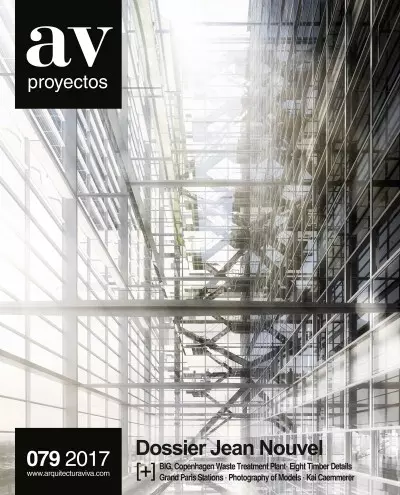
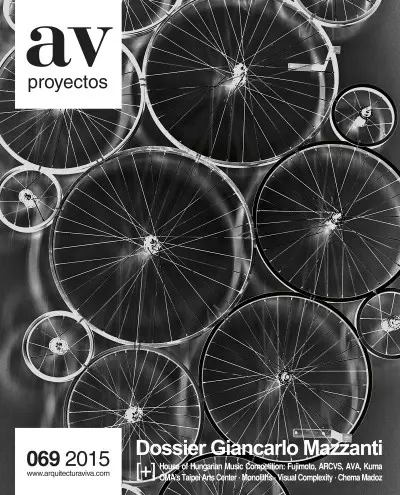
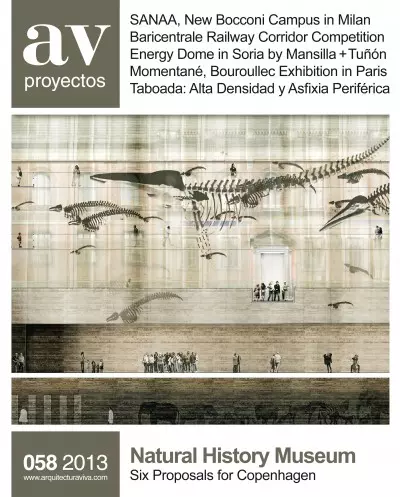
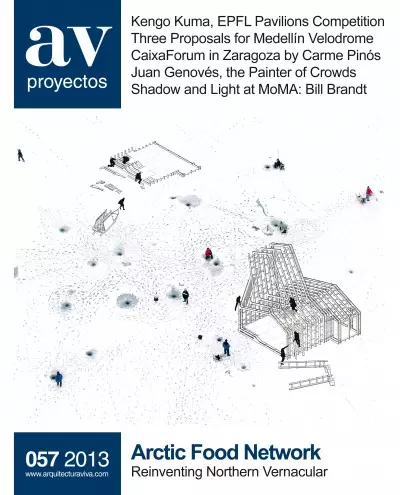
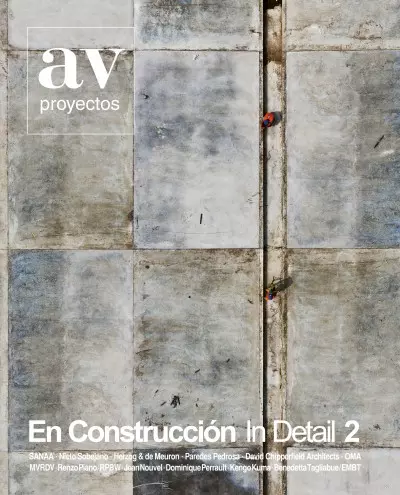
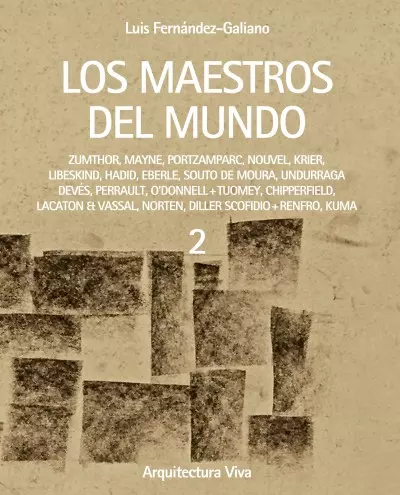
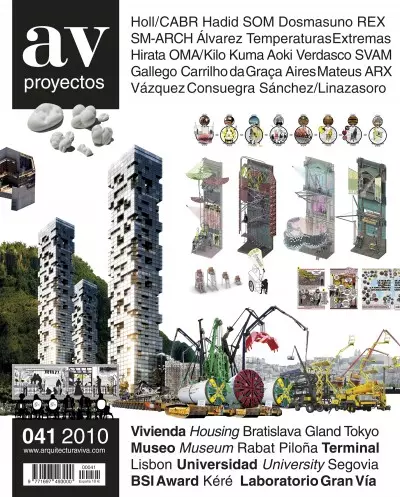
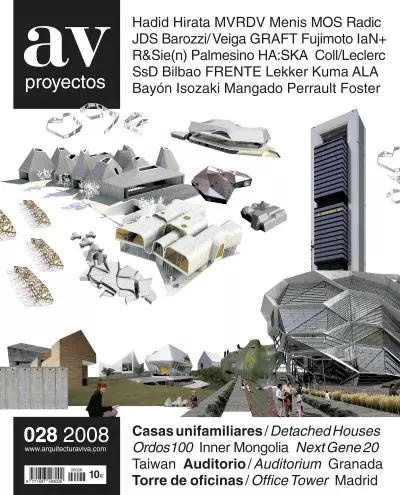
A work of AMO, the exhibition design offers a journey through twelve locations along the Qatari coast, around a cinema lined with curtains that are an abstract recreation of the experience of taking shelter in a tent...
The final prototypes have been approved to begin the prefabrication of the 660 pieces that will form the future gallery. Each concrete element, made of white cement, sand, and aggregates from the Loire basin, will be cast and polished. The project ca
Through a series of stairs and ramps that follow a spiral formation, Saint-Denis Station expands public space and connects with the urban scheme of the Pleyel district in northern Paris. A work of the Japanese architect Kengo Kuma, the complex includ
Located in the south of the Chinese province of Jiangsu, the city of Yixing is known as the ‘ceramic capital’ and renowned for its production of pottery using purple clay. A work of Kengo Kuma, this museum presents shapes inspired by Shushan Mountain
The Centro de Arte Moderna Gulbenkian has reopened after almost four years of renovation works. It is located on the campus of the Fundaçao Calouste Gulbenkian. The main feature of the intervention carried out by Kengo Kuma – in collaboration with t
This project involved turning an old slaughterhouse into a cultural, social, and business center for the northern Portuguese city of Porto. Comprising 22,000 square meters, the intervention sought to revitalize a degraded place in disuse, respecting
A local company took the initiative of developing this cultural project as a coworking space and cafeteria. The structure and finishes are completed with cross-laminated timber panels, of which Okayama Prefecture is the largest producer in the countr
The Audeum (Audio Museum) is located in Seoul’s Gangnam district. The exterior skin presents hanging aluminum louvers that overlap vertically to create a play of changing shadows. The random and sculptural cascade arrangement makes it possible to em
This wellness center doubles as a medical facility for staff of KaneKa, which specializes in environmental technology. The 625-square-meter building combines with green roofs that fold and touch ground, besides different systems developed by KaneKa,
Fifteen homes are stacked on the slope of Mt. Okura, overlooking the city of Sapporo (Hokkaido). The stepped volumes are set apart from one another just enough for all the units to get natural light and ventilation, and also optimal views of the surr
Taking advantage of its strategic position on the border of old town and the new city, the project seeks to become the green heart of Pontevedra. The light roof, inspired by the original one, articulates the whole complex and shelters the public area
Founded in the year 1958, Snow Peak is a manufacturer of climbing apparel and gear with headquarters in the region of Niigata, a popular spot for winter activities like skiing and visits to the traditional hot springs called onsen. The mountainous la
Located 25 kilometers from Saranda, very near Albania’s south border with Greece, the Butrint National Park is a natural place with archaeological remains and a high a degree of biodiversity, including within it Lake Butrint and the Vivari Channel, w
The history of the museum, which is about burying, concealing, and revealing objects, inspires the new design. The ground is elevated to unveil a large subterranean space, a route of the senses defined by a gradient of light and warm, earthy textures
The building takes advantage of its location in Logroño, at the point where the pilgrim route to Santiago enters the city, to create a public staircase connecting the street to a garden roof that serves as a deck for views of La Rioja's capital and t
The H.C. Andersen Hus museum in Odense had a preliminary presentation in June 2021 and has now officially opened. The new facilities – all of 5,600 square meters – rise beside the house where Hans Christian Andersen (1805-1875), the Danish author of
An uninterrupted avian premise supplies fresh eggs to residents of Casa Wabi, a foundation that seeks to create a small community of artists on Mexico’s Pacific coast. Grids made of charred wooden boards form a permeable openwork that protects the fe
Halfway through Kintaro Fujimi, a popular hiking trail outside the city of Oyama, the Japanese firm headed by Kengo Kuma has built Oath Hill Park, a rest spot with views of Mount Fuji. The umbrella-shaped pavilions include public toilets. The timber
The building rises from the ground as a continuation of the metropolitan park, creating an observation platform over the garden and the road. Inside it will house a conference center and two hotels that aim to connect people and revitalize the new di
The unobstructed space inside a shed with a striking roof is home to a school for environmental studies that uses the building itself as a lesson on sustainability. Exemplifying restrained use of forest resources, the structure of V-forming pillars w
At the foot of the ancestral castle of Oka, a small information center tells the history of the enclave beneath an expressive play of roofs clad in a lattice of smoked bamboo. A bamboo gallery marks the garden’s boundary, leading to an elevator that
A temporary space for open-air events in a residential area of central Tokyo features a vibrant lattice executed with oblong panels of cross-laminated cedarwood. Beneath its translucent skin of plastic resin fins, the pavilion features a recreation a
To enrich the experience of visitors to the iconic building, an emergency staircase is walled with undulating aluminum link curtains, in what is a new take on sensual Modernisme lines. Paying tribute to the decoration of Gaudí’s light well, the insta
Toilets are a symbol of Japan's world-renowned hospitality culture. With the Tokyo Toilet Project, public toilets have been redesigned in 17 locations throughout Shibuya with the help of 16 creators invited from around the world created by such world
Since 2020, the Tokyo Toilet Project has drawn attention with its designer restrooms in Shibuya created by such world-renowned figures as Ban Shigeru, Kuma Kengo, and Andō Tadao. In May, the buzz spread abroad with acclaimed German director Wim Wende
Vitruvius wrote that where building is concerned, human beings owe much to animals, the hut and the cave being versions of more primitive architectures: the nest crafted by birds, and the burrow dug by mammals. This essential similarity has been ackn
Kengo Kuma champions an ideal of “losing architecture”—intricate buildings that disappear into their environs—although it’s hard to miss the new National Stadium in Japan when walking through the heart of Tokyo. His stylistic fingerprints can be seen
The opening ceremony for the 2020 Olympic Games in Tokyo has taken place in the Japan National Stadium, a work of Kengo Kuma, which presents a sophisticated composition of timber trusses and vegetation in its galleries. Sport events mark our everyday
When the eyes of the world see the Olympic flame in the cauldron of the Japan National Stadium, many will look at the sophisticated branches of its timber trusses and the soothing foliage of its galleries, and recognize the material discipline and lo
‘This will kill that.’ In Victor Hugo’s prophecy – which was also McLuhan’s – ‘this’ referred to books and ‘that’ to cathedrals. It was a process of creative destruction that lasted as long as it took digitalization to arrive, and with it a new proph
The writer Haruki Murakami, a friend of mine, has written that both short stories and novels are indispensable for him. He develops the ideas that he discovers during the process of writing short stories in order to write novels. And when he is writi
In the world of fashion, luxury is the ultimate quality, but it must be understood that it is not possible to create a luxury brand ex novo. Luxury has two inseparable ingredients: brand tradition, centenarian in many cases, and the careful use today
Monumental or minuscule, the oeuvre of Kengo Kuma could be described as pixelated craftsmanship. Its creative explosion, encompassing all scales and extending over four continents, is governed by a devotion to the material rigor of construction and t
After a protracted process, a period of eight years, that has not been spared its dose of controversy (in 2015 it was announced that the building’s real cost would exceed the initially budgeted amount of 50 million euros by a good 70%), Scotland’s ow
The firm Kengo Kuma Associates has within the grounds of the Portland Japanese Gardens, opened in 1967, inaugurated a Cultural Village composed of four buildings of modest scale with tiered green roofs recalling pagodas. The design, which presents a
Xitou Village, hidden in the green hills and clear waters of Baoxi Town, Longquan City (Zhejiang Province), is one of the birthplaces of the Celadon ceramic culture. Inconvenient transportation somewhat shields it from the influence of rapid urbaniza
In the wake of the shelving of Zaha Hadid’s project, the Japan Sports Council organized a second competition for the design of the new Tokyo National Olympic Stadium in the Shinjuku ward of the capital, and the winner was the Japanese architect Kengo
Back in the 13th century, Marco Polo described Hangzhou, situated on China’s eastern coast, as “the finest and most splendid city in the world.” Later it went into decline and remained down for centuries. Finally, recent years have seen there an upwa
On 11 March 2011, a powerful earthquake hit eastern Japan, triggering a giant tsunami that struck the coastal area and killed more than 20,000 people. Although I was not in Japan at the time, this disaster was not at all someone else’s problem. Since
Kengo Kuma has expressed a critical view of the notion of abstraction: “The world is being suppressed by abstract thinking. How can we escape from this suppression?” He is also concerned about “the steep slope called abstraction,” and names ‘anti-abs
The architecture of Kengo Kuma is an exemplary exercise in relinquishment. Though in his work material is particularly important, each and every one of the projects expresses a will to attain bareness that we can only call spiritual. The dissolution
Kengo Kuma belongs to the generation of Japanese architects that has known to uphold a fully modern architecture without relinquishing tradition. A defender of local values in a globalized world, Kuma has centered his work on the quality of materials
A través de 21 entrevistas a 21 arquitectos japoneses de tres generaciones, nacidos en las décadas de 1950 (Kengo Kuma, Kazuyo Sejima), de 1960 (Yoshiharu Tsukamoto, Ryue Nishizawa) y de 1970 (Junya Ishigami, Go Hasegawa), How to make a Japanese Hous
La propuesta del japonés Kengo Kuma se ha impuesto sobre los otros cinco proyectos finalistas —los austriacos Delugan Meissl, los noruegos Snohetta, los americanos Steven Holl y REX, y los escoceses Sutherland Hussey— en el concurso para la sede esco
En 2006 Kengo Kuma recibió el encargo de construir un centro cultural y un museo dedicados al castillo de Kanayama, una fortaleza del siglo XV situada sobre una colina en la ciudad de Ota, en la prefectura de Gunma. El edificio que alberga ambos usos

